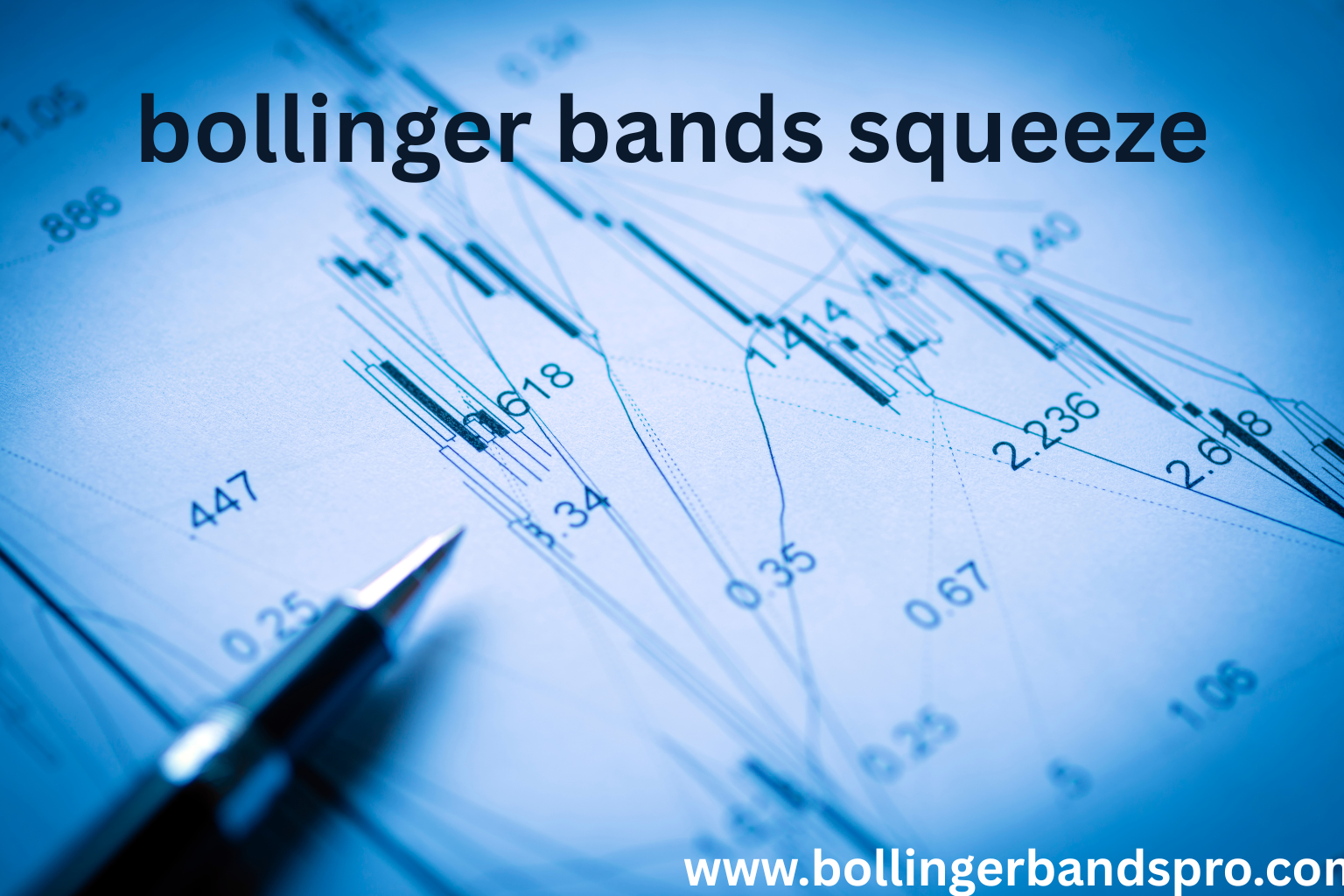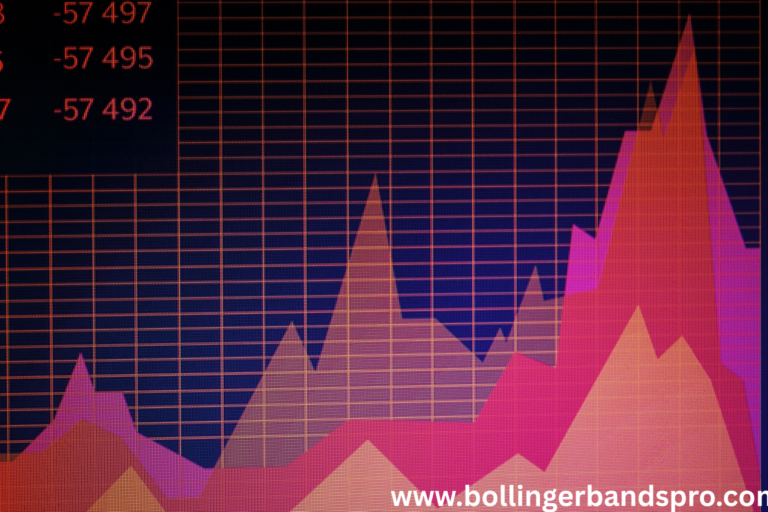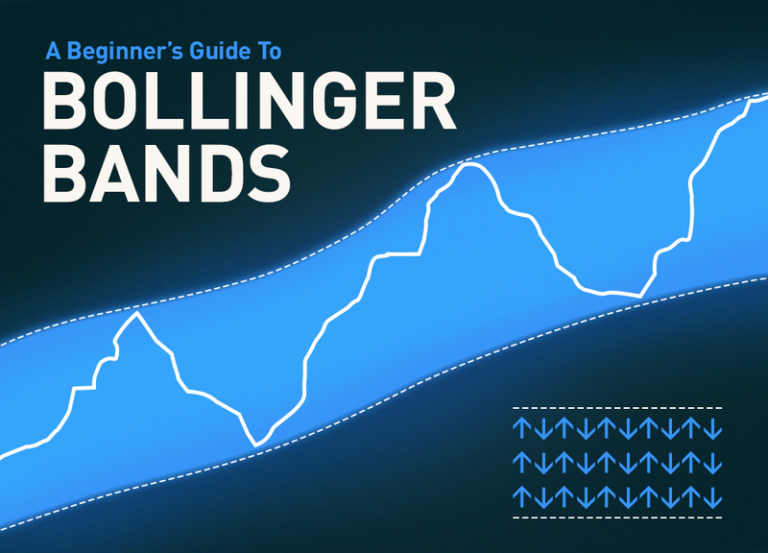The Bollinger Bands Squeeze: Trading Low-Volatility Breakouts
The Bollinger Bands Squeeze is one of the most powerful setups in technical analysis. It helps traders identify moments of extreme price compression—just before the market breaks out in a new direction.
Let’s explore how this strategy works and how you can trade it effectively.
What Is the Bollinger Bands Squeeze?
A squeeze happens when the upper and lower Bollinger Bands contract tightly around the price. This indicates low volatility, which often precedes a strong price move.
“Periods of low volatility are often followed by periods of high volatility.”
– John Bollinger
How to Identify a Squeeze
- Bollinger Bands become narrower than usual
- Volume may drop off during the squeeze
- Price enters a tight consolidation zone
You can visually spot the squeeze on most charting platforms or use a Bollinger Band Width indicator to measure it precisely.
How to Trade the Squeeze
- Wait for the squeeze to form
- Watch for a breakout candle closing outside the bands
- Confirm with volume or a momentum indicator (like RSI or MACD)
- Enter in the breakout direction
- Place a stop-loss inside the squeeze range
- Set a profit target based on the size of the squeeze or support/resistance levels
Example Setup (Long Trade)
- Squeeze forms on a 1H chart
- Price breaks above the upper band
- RSI confirms bullish momentum
- Enter long
- Place stop just below the lower band
- Set profit target 2x the range of the squeeze
Best Timeframes for the Squeeze
- 15m to 4H for intraday/swing trades
- Daily charts for swing and position trades
✅ Pro Tips
- Avoid entering before the breakout confirmation
- Combine the squeeze with volume spikes for accuracy
- Backtest it on different assets and timeframes
✅ FAQs
Q1: What does a Bollinger Bands Squeeze indicate?
It signals a period of low volatility that often leads to a sharp breakout.
Q2: Is the Squeeze reliable?
Yes, when confirmed with volume and momentum indicators, it becomes a high-probability setup.
Q3: Does the Squeeze predict direction?
No—it only signals a breakout. You must use confirmation tools to determine direction.
Q4: Can I use the Squeeze in crypto?
Absolutely. It works well on volatile assets like Bitcoin, ETH, and altcoins.
Q5: What indicators should I combine with the Squeeze?
Use RSI, MACD, or volume-based tools to confirm breakout strength.







